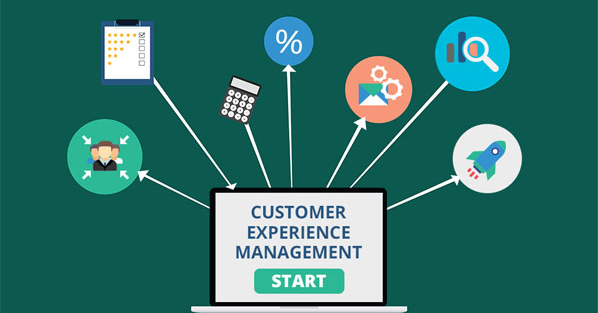Providing outstanding customer service has risen in importance across all sectors in today’s economy. With the proliferation of digital platforms and social media, customers’ thoughts and experiences may now be heard and acted upon. In this context, quality monitoring becomes vital for improving customers’ experiences and preserving a firm’s good name.
Comprehending Quality Monitoring
The term “quality monitoring” describes the methodical analysis and evaluation of customer and staff interactions across all channels. Interactions in person, by phone, email, or chat are all examples of touchpoints. Quality control aims to ensure that all interactions live up to the high level of service, integrity, and customer satisfaction expected by the business.
The Elements of Quality Control Monitoring
For call center quality monitoring to be effective, many different factors must come together to yield helpful information for improving the customer service experience:
1. Performance Metrics
Necessary measures of how successfully customer contacts are being managed include first-call resolution, response time, and customer satisfaction rankings. These indicators help gauge the success of various customer service approaches and pinpoint problem areas.
2. Transcription and Recording of Phone Calls
Businesses can check recorded client interactions to ensure accuracy, compliance, and customer satisfaction. By making it simpler to spot linguistic trends, client feelings, and individual pain spots, transcription services contribute to in-depth analysis.
3. Standards for Quality
Consistency in assessing interactions is made possible by establishing explicit quality standards. Criteria like script adherence, compassion, problem-solving ability, and clear communication are some examples.
Improving the Quality of Service Provided to Customers by Quality Monitoring
Improving relationships between a company and its customers is only one aspect of the quality monitoring process that may improve through a holistic strategy.
1. Finding Patterns and Trends
Keeping tabs on quality allows firms to spot patterns of problems with customers’ experiences. Companies can reduce the chance of future difficulties by proactively addressing prevalent concerns by examining these trends.
2. Customized Instruction
Information gathered through quality monitoring can shed light on the efficiency of certain workers. This data is priceless for identifying weaknesses and developing strengths-based training plans. Employees with enough training are better positioned to respond to customers’ queries, resulting in improved interactions.
3. Dependability of Service
Consistency in quality of service across all client touchpoints is a defining characteristic of outstanding customer service. Learn how companies are keeping up with service requirements by using technical support outsourcing services. By contracting out technical services, you can rest assured that your brand will be represented consistently and positively.
4. Employee Autonomy
Employees are more likely to take responsibility for their work when they get consistent feedback and coaching as a consequence of quality monitoring. Increased self-assurance and drive will ultimately enhance customer service.
5. Problem-Solving in Real Time
Real-time warnings for serious faults are a common feature of quality monitoring systems. It enables businesses to respond quickly to difficult circumstances, avoiding consumer unhappiness and exhibiting a dedication to addressing complaints as soon as possible.
6. Making Educated Choices
You may use data generated by quality monitoring as input into strategic planning. By listening to their customers, businesses may better deploy funds for training, hone their marketing approaches, and pinpoint improvement areas.
Problems and Solutions: Understanding the Challenges of Quality Monitoring
While quality monitoring offers an excellent opportunity to serve customers better, it also comes with its fair share of obstacles that one must consider to achieve success.
1. Striking a Balance between Machines and People
Automation solutions provide increased productivity and scalability when incorporated into the monitoring process. However, maintaining a personal touch is still crucial for finding that sweet spot. Automated analysis may miss minor subtleties that human judgment may perceive in complicated interactions that call for empathy and contextual knowledge.
2. Safety and Secrecy
Concerns about privacy and regulation are warranted when interactions with customers are recorded and analyzed. Businesses should proceed cautiously and use strong security measures to protect private information. A breach of privacy can compromise the very quality monitoring of client experiences.
Conclusion
Customer experiences may make or break a company in today’s competitive market. The need for quality monitoring in enhancing such encounters becomes clear. Businesses may improve their customer service by constantly assessing interactions, monitoring trends, and giving employees the autonomy to act on those trends.
Using quality monitoring effectively strengthens your brand’s reputation and encourages continued growth. Companies that master this tool will become the industry standard for providing unparalleled customer experiences.
